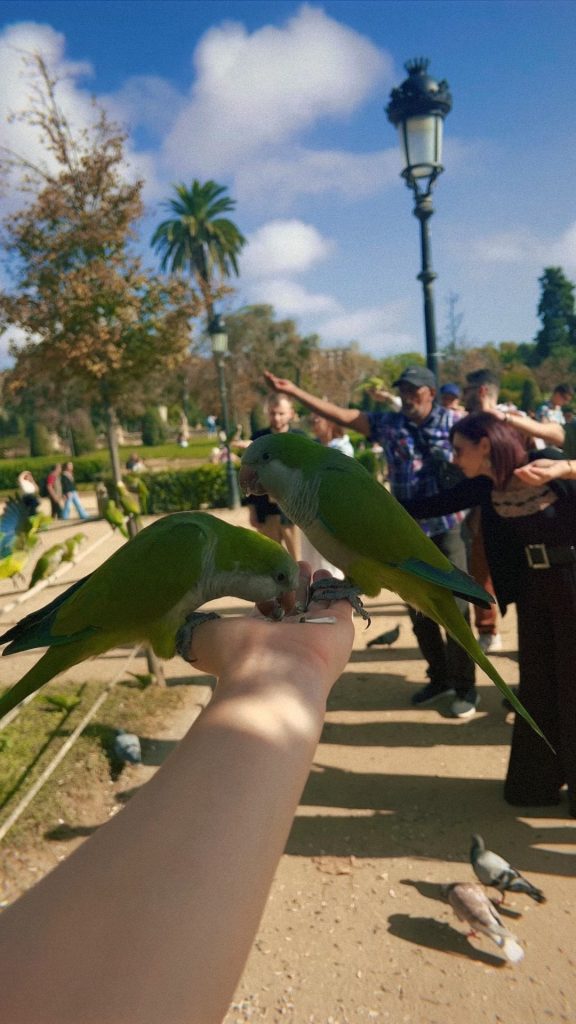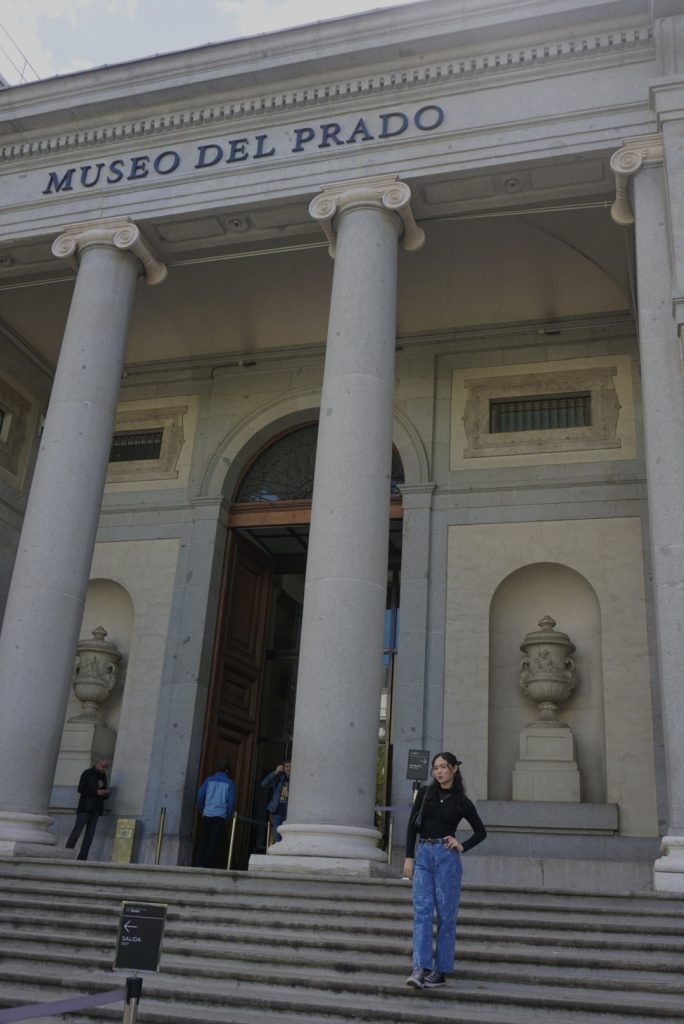As we near the end of this experience, I find myself reflecting on what has changed over the past 6 weeks. In the students, I have noticed great development in their language and communication skills. They are more engaged in collaborative play compared to the beginning of September. I am happy to see that the students who rarely communicated are now verbalizing their wants and needs, as well as interacting more with peers. The students have also fallen into routine and are much more regulated as a result. In the first week, many students were emotionally disregulated without their parents. However, almost all of them have adjusted completely to life at school. With this age group, there are vast differences in where each student is at developmentally, so it has been interesting to see how they navigate their own milestones. I wish I could stay longer to see them through to the end of the year! I have never worked with students this young before. I am curious as to how starting school at this age benefits students’ development.
This week, what stood out to me most was the weekly forest walks I do with the students. We walk the same path each week, but as the weather changes, we see it differently each time. With every walk there is lots for students to engage with. For example, this week we did a lesson on leaves that combined knowledge of shape and colour with understanding of changing seasons (part of the IB Programme of Inquiry for PYP1). This has made me reflect on the connections to aspects of Indigenous education such as connection to the land and walking as pedagogy. I have always been a proponent of engaging with nature, especially through nature walks. When implementing this into my future practice, I plan to draw on what I have learned from this experience.
As always, we have done a lot outside of the classroom as well. Here are some highlights!



